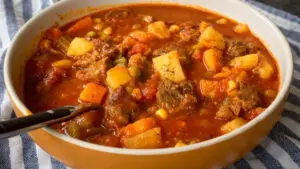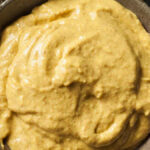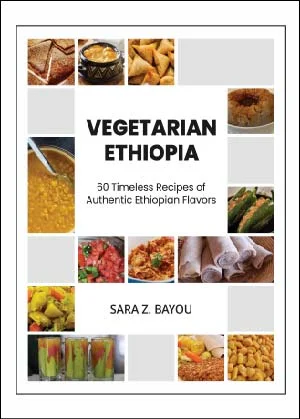Before sugar was readily available, Ethiopians have developed several ways of adding taste to their teas and coffees for centuries. One such beverage was using Kuti (Coffee leaf) to flavor their teas. A mildly caffeinated concoction, Kuti Shai combines coffee and tea and hails from the Harar region in northwest Ethiopia.
Experience the unique taste of Ethiopian Coffee Leaf Tea, a delightful beverage with fragrant notes from the coffee leaves and warm spices!
Ingredients Required to Make Kuti Shai
- ½ pound dry coffee leaves
- 4 cups water
- 1 teaspoon tea spices (cinnamon, cardamom, and cloves) or chai spice mix
How to Make Kuti Shai (Step-by-Step Tutorial)
- In a medium skillet, fry the coffee leaves on low heat until fragrant, which should take about 3 minutes. Remove the leaves from the heat and transfer them to your tea pot.
- Put the water in a tea kettle or pot, add the fried coffee leaves, and the tea spices (cinnamon, cardamom, and cloves) or chai spice mix.
- Bring the water to a boil over medium heat. Once it reaches a full boil, remove it from the heat and let it stand for 5 minutes. This allows the flavors to infuse into the water.
- Enjoy the Ethiopian Coffee Leaf Tea with your favorite Ethiopian snack or by itself!
Notes
- If you don’t have a ready-made tea spice mix, you can use a combination of cinnamon, cardamom, and cloves to achieve a similar flavor. Alternatively, you can use chai spice mix as a good substitute.
- It’s important to boil the coffee leaves and tea spices with the water rather than pouring hot water over them, as this method ensures that the flavors are properly infused into the tea.
Equipment Recommendations to Make Kuti Shai
Affiliate Disclaimer: As an affiliate, we get commissions for purchases made through links on this website from Amazon and other third parties.

















